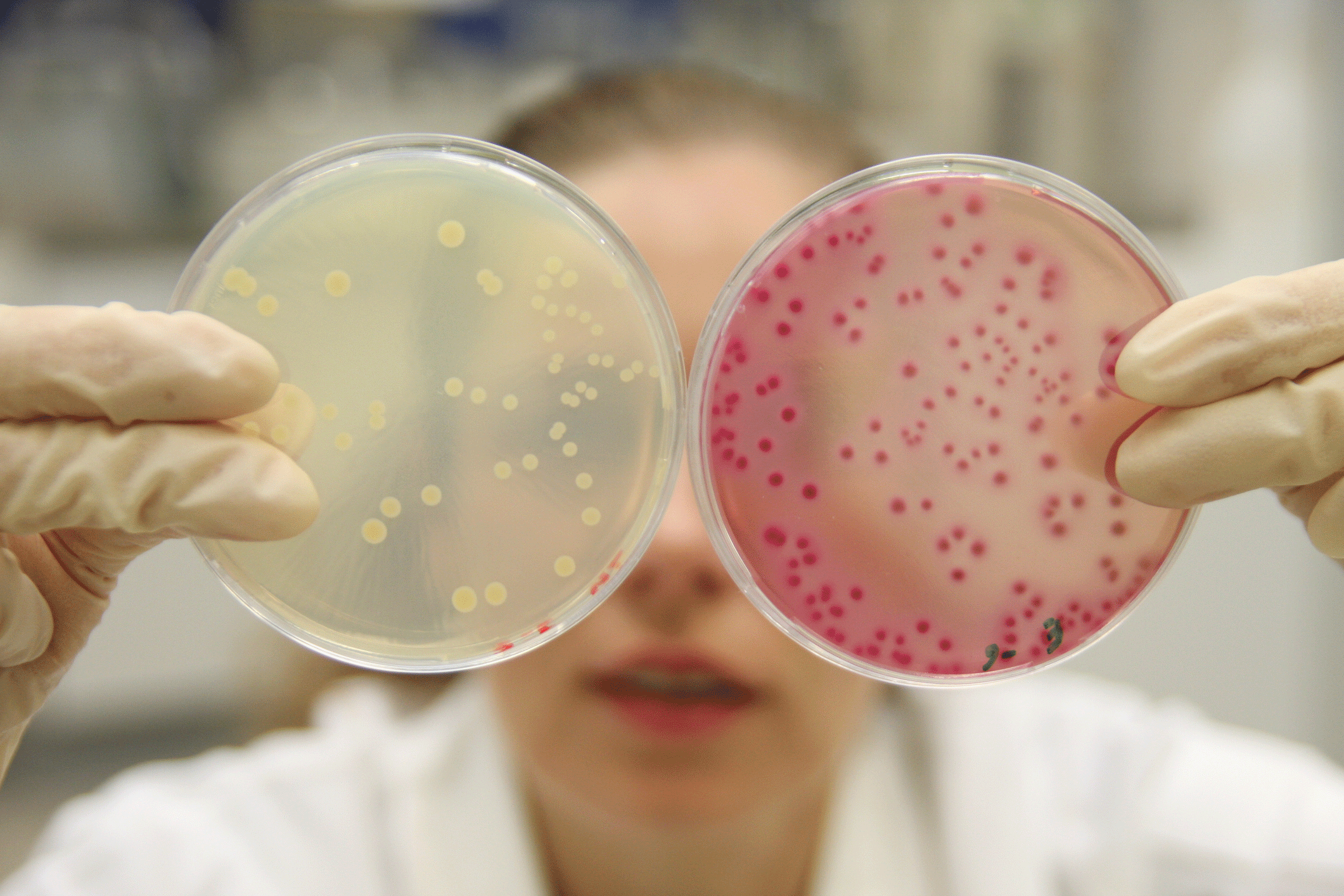What Are Antibiotic-Resistant Bacteria?

Some infections no longer respond to antibiotic treatment. Learn what antibiotic-resistant bacteria are and how to protect yourself from this serious problem.
Antibiotics and related medications (known as antimicrobial agents) have successfully treated infectious diseases for more than 70 years. In fact, since the 1940s, these drugs have saved countless lives and reduced suffering from a wide variety of bacterial infections.
An increasing number of disease-causing germs have evolved, so that antibiotics designed to kill them are no longer effective. The result is a growing and serious public health threat from antibiotic-resistant bacteria.
YOU MIGHT ALSO LIKE: Diseases Caused by Bacteria
What are antibiotic-resistant bacteria causes?
Antibiotics have been used for so long that several types of disease-causing bacteria are now immune to antibiotics. Here’s why: In the presence of an antibiotic, bacteria are either killed or, if they carry genes making them resistant to the drug, they survive.
Then the surviving germs replicate, and their strain of bacteria can become the prominent type, the National Institute of Allergy and Infectious Diseases (NIAID) explains.
Although antibiotics serve an important medical purpose, the drugs have often been over-prescribed for viral infections (which antibiotics do not help) and given for undiagnosed conditions that likely have no bacterial cause, increasing the growth of antibiotic-resistant bacteria.
The extensive use of antibiotics and close contact among sick patients in hospitals creates a fertile environment for the spread of antibiotic-resistant bacteria, too, according to the NIAID. In addition, more than half the antibiotics made in the U.S. are given to animals in agricultural food to speed growth. Scientists believe that practice promotes the growth of bacteria resistant to antibiotics.
A study published in Nature Climate Change links warmer temperatures, especially in areas of population density, to an increase in bacteria resistance to antibiotics, too.
The scope of the antibiotic-resistant bacteria problem
Every year in the U.S., nearly 3 million people become infected with bacteria resistant to antibiotics, and at least 35,000 Americans die because of these infections, the Centers for Disease Control and Prevention (CDC) reports.
The CDC has developed a list of urgent, serious, and concerning domestic antibiotic-resistant threats. The urgent threats include:
- The bacteria group known as Carbapenem-resistant Enterobacteriaceae (or CRE), which are resistant to almost all classes of antibiotics and have been detected in nearly all states
- A drug-resistant form of the sexually transmitted disease gonorrhea
- Clostridium difficile (or C-diff), now the most common cause of bacteria-caused antibiotic resistant diarrhea in the world
Research from the World Health Organization (WHO) shows antibiotic resistance is a health concern in both high- and low-income countries around the planet. The study found high levels of antibiotic resistance to several serious bacterial infections, including foodborne bacteria salmonella and Escherichia coli (E. coli), and several forms of strep infections.
The report also noted increasing bacteria resistance to penicillin, an antibiotic used for decades worldwide to treat pneumonia, and to the antibiotic ciprofloxacin, often used for urinary tract infections.
What are antibiotic-resistant bacteria safety precautions?
While the warnings about serious infections that may not respond to antibiotics are worrisome and even frightening, the CDC points out you can take many common sense and practical measures to help protect yourself and your family from antibiotic resistant illness.
- Wash your hands often. The CDC compares clean hands to a “do-it-yourself” vaccine to reduce the spread of illness. Regular hand cleaning is one of the best ways to remove germs and prevent the spread of germs, including bacteria.
- Prevent the spread of foodborne bacterial illness. Salmonella and Campylobacter, two of many bacteria commonly transmitted through food, cause hundreds of thousands of antibiotic-resistant infections in the U.S. every year. Thoroughly cook all food, practice good hygiene when washing and preparing food to avoid these infections, and don’t cook and serve food to others if you have diarrhea or are vomiting.
- Don’t assume clear water is safe to drink. If you are camping or hiking, never drink water from a stream, no matter how clean it may appear.
- Practice safer sex to prevent the spread of sexually transmitted diseases. Learn the facts about STDs and how to protect yourself and your partner.
- Don’t pressure your doctor for antibiotics. Viruses cause most colds and sore throats are — and antibiotics don’t help. Instead, taking them for a virus can fuel future antibiotic-resistant infections. Instead, talk to your doctor about symptom relief and other self-help measures.
Updated:
June 27, 2023
Reviewed By:
Janet O’Dell, RN